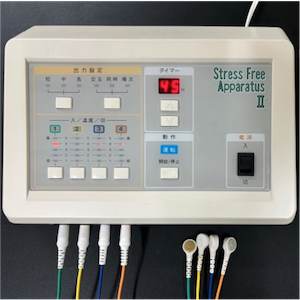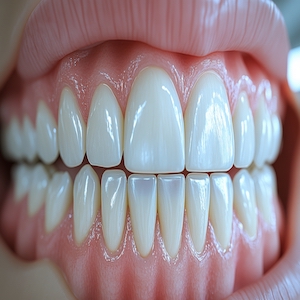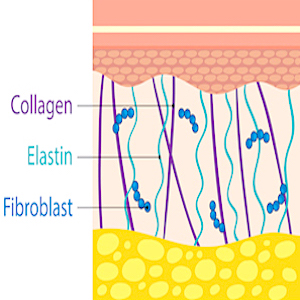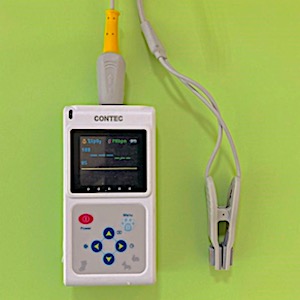Original Research Articles
Vol. 28 No. 2 (2019)
The effects of Er:YAG, Nd:YAG, and diode (940nm) lasers irradiation on microtensile bond strength of two steps self-etch adhesives
Publisher's note
All claims expressed in this article are solely those of the authors and do not necessarily represent those of their affiliated organizations, or those of the publisher, the editors and the reviewers. Any product that may be evaluated in this article or claim that may be made by its manufacturer is not guaranteed or endorsed by the publisher.
All claims expressed in this article are solely those of the authors and do not necessarily represent those of their affiliated organizations, or those of the publisher, the editors and the reviewers. Any product that may be evaluated in this article or claim that may be made by its manufacturer is not guaranteed or endorsed by the publisher.
Published: 1 July 2019
30
Views
13
Downloads











